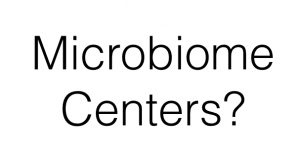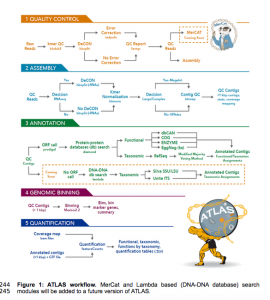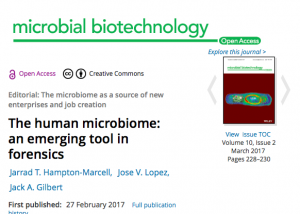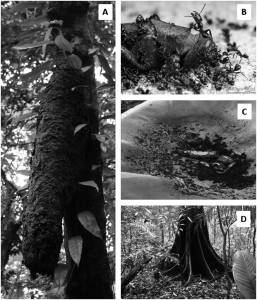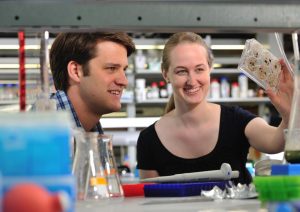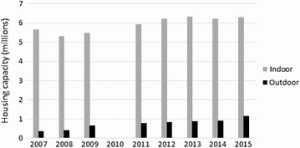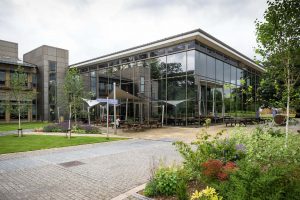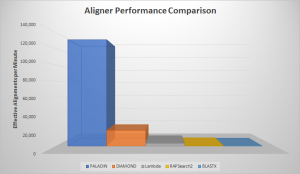I am starting to compile a list of academic microbiome “centers” of various kinds from around the world. What I am looking for is entities that are more than just one or two labs – a center or a major program project or such. Any examples would be appreciated. Here are a few but I …
OK I have not tried this out yet but this could be of interest. ATLAS (Automatic Tool for Local Assembly Structures) is a comprehensive multi-omics data analysis pipeline that is massively parallel and scalable. ATLAS contains a modular analysis pipeline for assembly, annotation, quantification and genome binning of metagenomics and metatranscriptomics data and a framework …
I have personally been interested in microbial forensics of various kinds for quite a while (I worked at TIGR for many years and was peripherally involved in some of the anthrax DNA sequencing and analysis there). I have even served on various working groups from the US Government discussing the potential for microbes to be …
Here at microBEnet we have been trying to help build up the field of “microbiology of the built environment.” Understandably, a lot of the focus of this field has been on human built environments and humans in such built environments. I (and clearly many others) believe that we can learn a lot by expanding this to …
Just found out via Twitter about a cool new grant that was awarded: Congrats to Kyle Bibby @kylejbibby on this NSF grant!#microbenet @SloanFoundation https://t.co/x1slHgygdT — Paula Olsiewski (@polsiewski) March 1, 2017 Through a five-year, $500,000 CAREEER Award from the National Science Foundation, a civil and environmental engineering research group at the University of Pittsburgh’s …
This paper may be of interest to some. Basically, the authors compared Salmonella levels in outdoor vs. indoor housing for chickens. The main push behind this appears to be the growing trend for having more outdoor housing for chickens and the question of whether or not that leads to higher levels of pathogens. See …
Attendee Registration Attendee registration opens March 1st. Please join us at the Microbiology of the Built Environment (2017) Symposium. Registration is open to MoBE researchers, stakeholders and community members. Invited keynotes, speakers, plenary session chairs, panel discussion moderators and panelists are pre-registered by the MoBE 2017 organizing committee. Registration will be open from March 1st through …
Hi All I’d just like to highlight a job we are advertising, to lead the bioinformatic (sequence+variation) analysis of 100,000 M tuberculosis genomes which we are sequencing (WGS), ~50,000 of which will be phenotyped for 12 drugs, and the remainder for some subset. Note the deadline is very soon – Monday 6th March! This project …
With our paper recently accepted for publication and many months of practical application, we’re excited to spread the word about our new tool for characterizing metagenomes, PALADIN! Short for Protein ALignment And Detection INterface, PALADIN was our response to the inherent problem of limited references in shotgun metagenomic sequencing. While DNA barcoding involving 16S, 18S, …
Worth a listen – On “Here and Now” – Jeremy Hobson interviews Jordan Peccia about the ongoing NPR study on How Do Indoor Microbiomes Affect Human Health? The National Academies of Science, Engineering and Medicine are conducting a study of microbial communities inside buildings and how they affect human health. Source: How Do Indoor Microbiomes Affect Human Health? …
